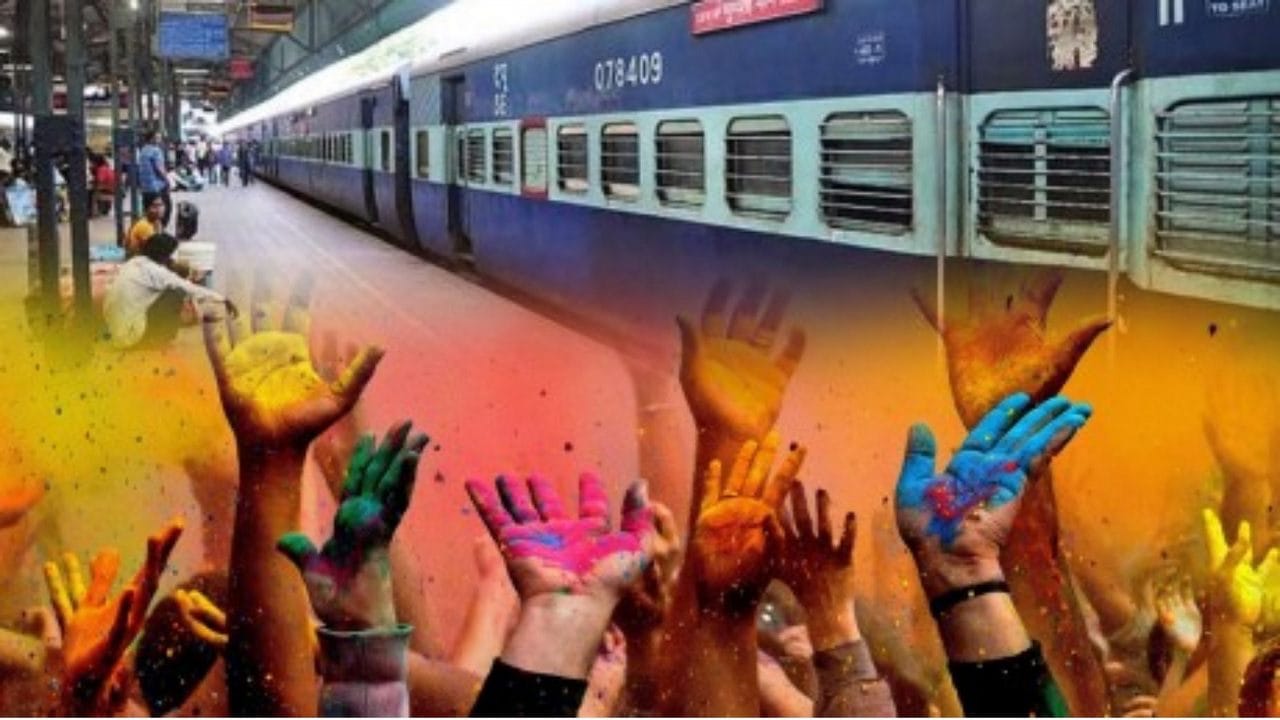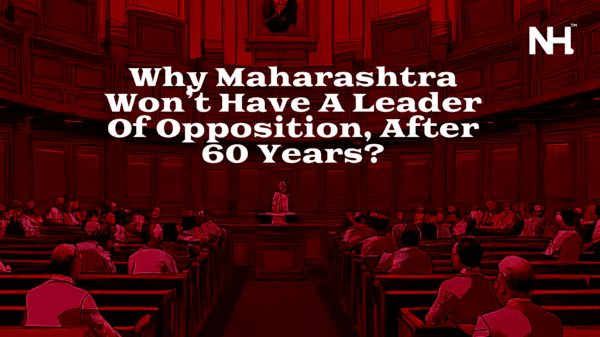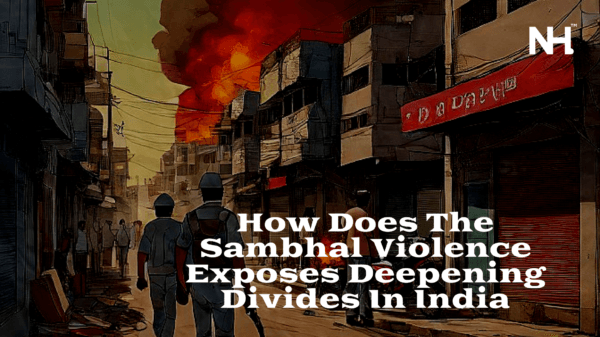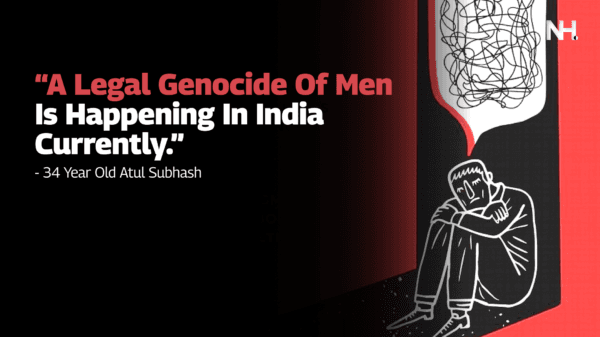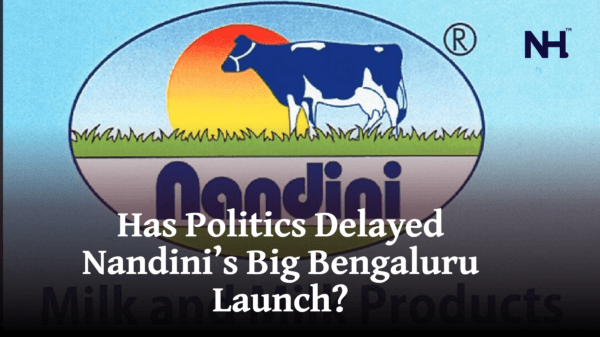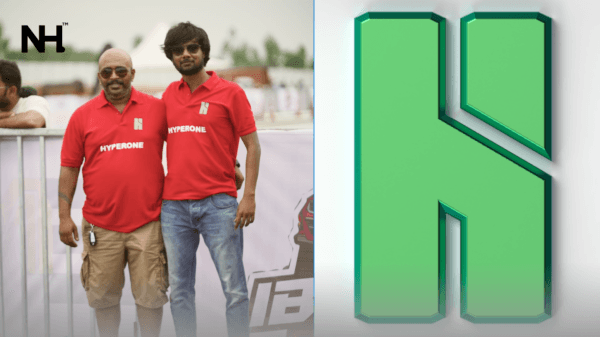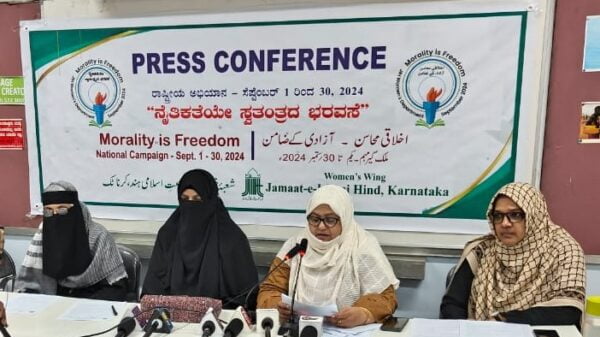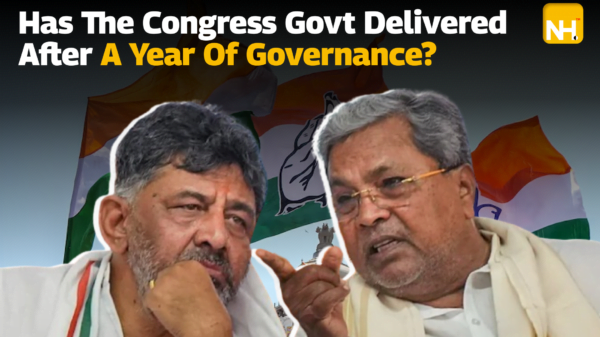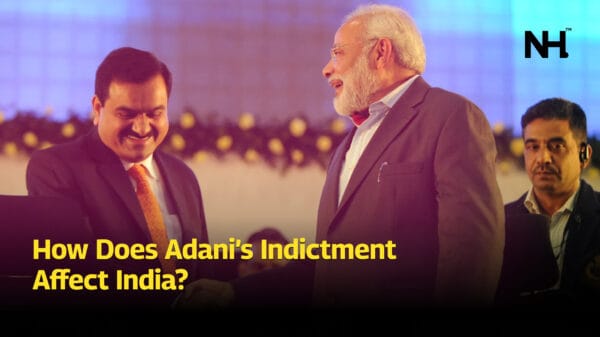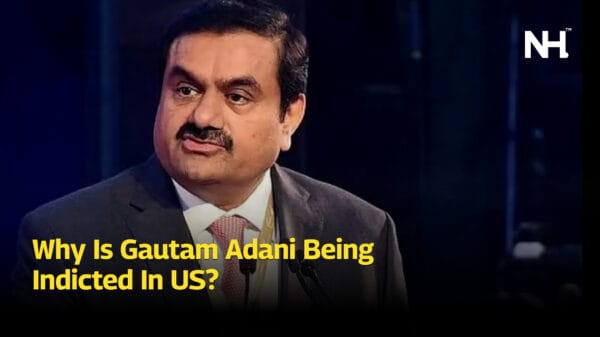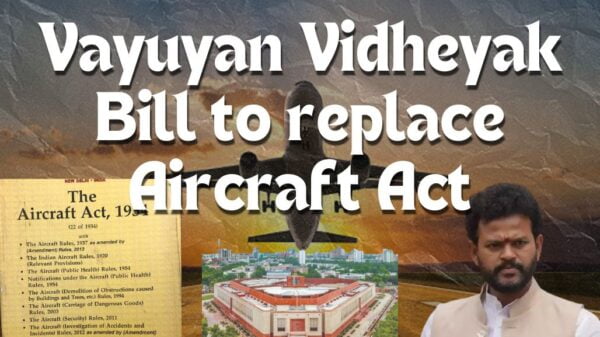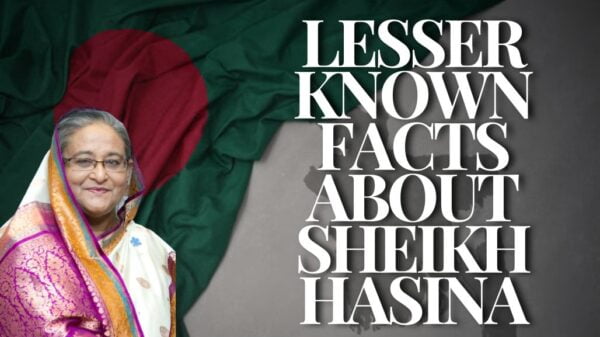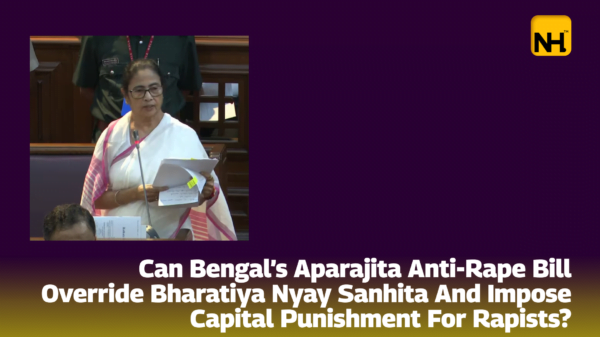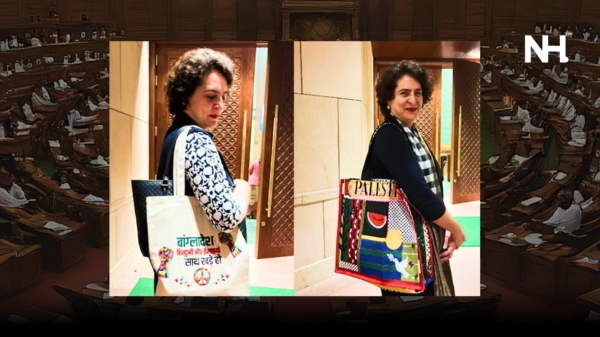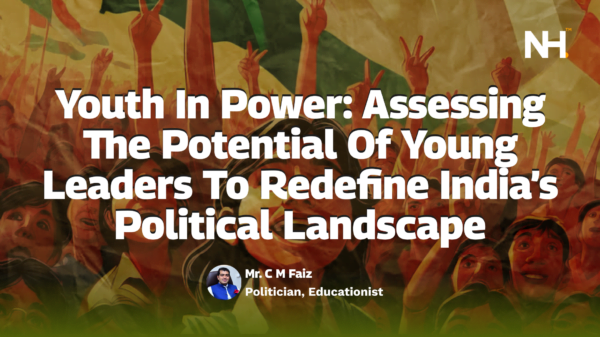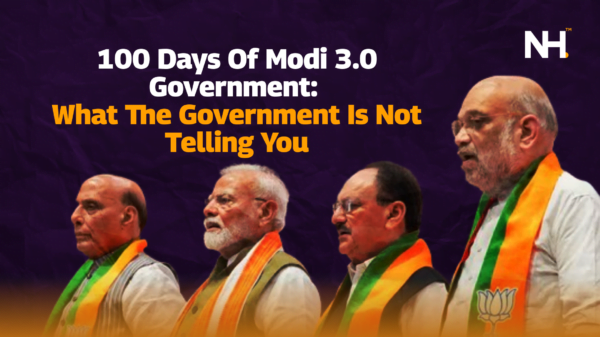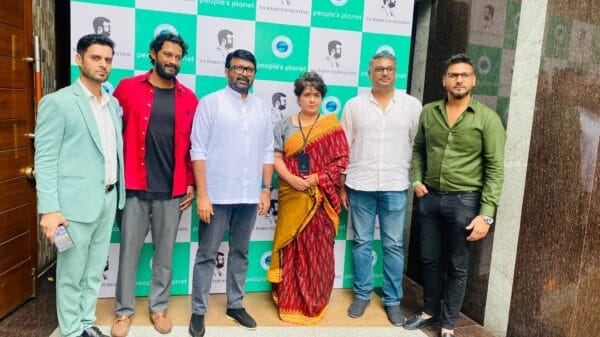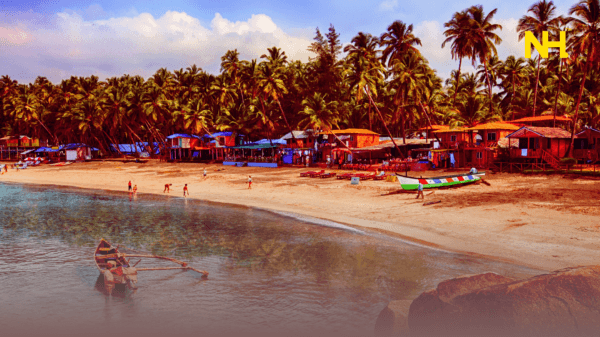DVG, also known as Devanahalli Venkataramanaiah Gundappa, was dubbed the Sarvagna of contemporary Kannada. Sarvagna, a famous Kannada poet-philosopher of the 16th century, was known for his brief and witty tripadis or tercets that examined life in varied dimensions.

Sarvajna
Image Source: Vishaya
DVG was a well-known Kannada author, journalist, editor, chronicler, poet, public intellectual, critic, scholar, philosopher, teacher, political savant, and freedom fighter who served as an impartial observer of his time. He was also a polymath who was a model of honesty.
Early Life:
DVG was born on March 17, 1887, in the Kolar district’s Mulabagilu taluk village of Devanahalli (in present-day Karnataka). After completing his primary education in the Kannada language in 1898, he decided to teach himself Sanskrit out of interest. He also picked up the fundamentals of English.
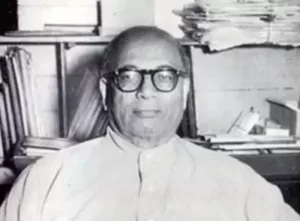
DVG
Image Source: Bangalore Mirror
After that, he moved to Mysore’s Maharaja High School to pursue his education. DVG left his formal schooling after failing the matriculation exam. DVG wed Bhageerathamma while he was still in high school.
The Man Who Had A Thirst For Knowledge:
DV Gundappa spent some time working at Mulabagilu as a substitute teacher after getting married. He began his professional career at that point. After that, he worked at a soda plant and the Kolar gold mines.

Kolar Gold Field
Image Source: The Hindu Business Line
DVG, after that, relocated to Bengaluru in search of employment. He freelanced as a writer for many English newspapers to support himself and his family. He also developed writing skills by contributing to Kannada newspapers. He first gained recognition by translating several well-known literary classics into Kannada. His writing soon shifted to include political analysis, philosophy, and topics about dharma and religion.
His Kannada Bhagavad Gita:
But DV Gundappa cemented his place in Kannada literature by writing the Mankuthimmana Kagga and Marula Muniyana Kagga. The former work, ಮಂಕುತಿಮ್ಮನ ಕಗ್ಗ (Mankuthimmana Kagga: The Ramblings of Mankuthimma, a deliberately self-deprecatory title), is a collection of 945 quatrains dealing with the multifariousness of life and is often held to be Kannada literature’s, Bhagavad Gita.
The tree’s beauty arises from its just-emerged shoots and centuries-old roots, according to a well-known statement from one of DVG’s quatrains in Mankuthimmana Kagga. DVG mixes the wisdom of tradition with the modernity of scientific discovery.
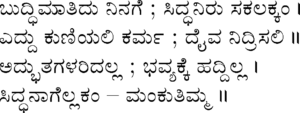
Mankuthimmana Kagga Verse 783
Image Source: Gowtham
It would not be an overstatement to say that DVG made a significant contribution to each kind of language if one considers there to be three: prose, verse, and song. His literary output was divided into lyric poetry, song poetry, contemplative poetry, plays, memoirs, biographies, and children’s books.
If Mankuthimanna Kagga was DVG’s most outstanding work in verse, his eight-volume memoir Jnapaka Chitrashaale (A Picture House of Memories) recounts the many men (and some women) he met throughout his life was his most outstanding work in prose. It gives us incisive profiles of dozens of people Mr Gundappa met, including the gifted and the ordinary, the famous and the regular.
The Peepul Tree of Kannada Literature:
DV Gundappa’s literary output earned him the moniker Ashvatthavruksha (Peepul tree) of Kannada literature, and his depth of knowledge and wisdom earned him the title of a rishi.

Image Source: Prajavani
According to the late Professor HM Nayak, DVG’s writings combined Satya (truth), shiva (goodness), and soundarya(beauty) in equal measure.
A Modern Interpreter Of Hindu Literature:
DV Gundappa wrote various volumes that provided prose interpretations of old Hindu literature and philosophy for laypeople. Among these were Shrimadbhagavadgita Tatparya Saara, Srirama Pareekshanam, Srikrishna Pareekshanam, Veda Vedanta: Ondu Sanna Parichaya (A Quick Introduction to Veda and Vedanta), and Upanishattugalu: Ondu Sanna Parichaya (A Short Introduction to the Upanishads) (The Essence of the Bhagavad Gita).

Shrimad Bhagavad Gita
Image Source: Anandmurti Gurumaa
He wrote the books Sahitya Shakti (The Power of Literature) and Kavya Svarasya (The Pleasure of Poetry) to introduce general readers to literature.
The Literary Journalist:
With a focus on social welfare, DV Gundappa founded the Bengaluru-based Gokhale Institute of Public Affairs (GIPA) and the Kannada periodicals Bharat and Karnataka. He was nominated for various roles and received multiple honours thanks to his integrity and talent. He was appointed to the Bangalore Municipal Council by Sir M Vishveshvarayya in 1912, served as president of the 18th Kannada Sahitya Sammelana (Kannada Literary Congress) held at Madikeri in 1932, and was in the Senate for the University of Mysore.
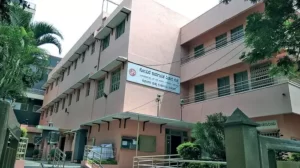
Gokhale Institute of Public Affairs
Image Source: Bangalore Mirror
In addition, Gundappa received the Sahitya Akademi award in 1967, the Padma Bhushan in 1974, and an honorary doctorate from the University of Mysore in 1961. He received an award from the Karnataka government in 1970 for his contributions to Kannada literature.
Following Gokhale:
The three fundamental characteristics of a well-lived life, according to DV Gundappa, who believed that the grace of literature was the solution to life’s troubles, were: an awareness of the world and its matters, a critical cautiousness, and an elevated vision. Vidyaranya, the eminent Advaita philosopher regarded as the founding father of Karnataka’s renowned Vijayanagara empire, was DVG’s master and the source of these beliefs.
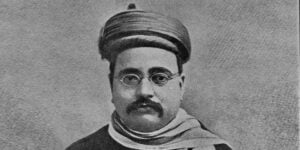
Gopal Krishna Gokhale
Image Source: INC
He also admired Gopalakrishna Gokhale, on whom he published a biography and whose maxim “public life ought to be spiritualized” he tried to live by during his own complete and illustrious public career. DVG published about 35 books in his lifetime, with Mankuthimmana Kagga being the most well-known. The Kagga, translated into Tamil, Telugu, and English, is undoubtedly the finest philosophical poetry in Kannada literature from the 20th century. On October 7, 1975, in Bengaluru, Devanahalli Venkataramanaiah Gundappa passed away.


